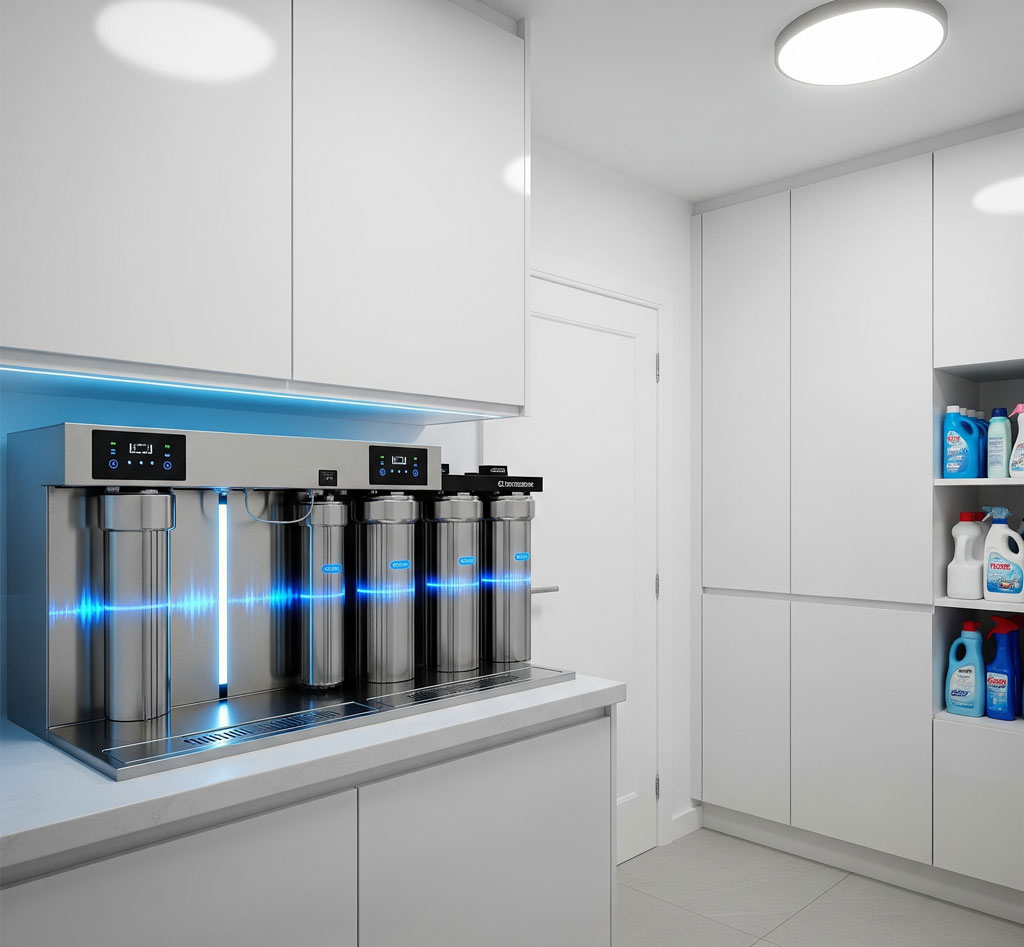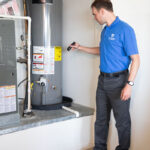
Water is essential for life, but not all water is safe for consumption or use. Contaminants can lurk in our water sources, posing risks to health, damaging infrastructure, and impacting the environment. Water treatment is the process of removing unwanted substances from water to make it suitable for its intended use, whether that’s drinking, industrial processes, or returning to the environment.
The Critical Need for Water Treatment
The importance of water treatment cannot be overstated. Untreated water can harbor a wide array of contaminants, from microscopic pathogens to dissolved chemicals and heavy metals. These can lead to:
- Waterborne Diseases: Bacteria, viruses, and parasites like E. coli, Salmonella, and Giardia can cause severe gastrointestinal illnesses, cholera, and typhoid. Effective water treatment eliminates these threats, safeguarding public health.
- Long-Term Health Issues: Exposure to chemicals and heavy metals in untreated water can lead to chronic health problems, including developmental disorders and various cancers.
- Environmental Degradation: Polluted water disrupts aquatic ecosystems, harms wildlife, and can contaminate soil and groundwater, affecting agriculture and future water supplies.
- Infrastructure Damage: Hard water, rich in minerals like calcium and magnesium, can cause scale buildup in pipes and appliances, reducing efficiency, increasing energy costs, and shortening the lifespan of equipment.
Common Water Quality Issues in Homes
Even in areas with municipal water treatment, homes can experience specific water quality issues. For well water users, the responsibility of water safety falls entirely on the homeowner. Here are some common problems and their indicators:
- Bad Taste or Smell:
- Chlorine: A common additive in city water for disinfection, it can leave a distinct chemical taste and odor.
- Metallic: Often indicates high levels of iron or copper, possibly from corroding pipes.
- Rotten Egg (Sulfur): Caused by hydrogen sulfide gas or sulfur-reducing bacteria.
- Earthy/Musty: Suggests the presence of algae or organic matter.
- Cloudy or Discolored Water:
- Turbidity: Cloudy water can contain sediment, dirt, or microbes.
- Yellow/Brown: Often due to rust or iron from aging pipes or the water heater.
- Blue-Green: A sign of high copper levels, typically from corroded plumbing.
- Stains and Buildup:
- White, Chalky Buildup (Limescale): On faucets, showerheads, and appliances, indicating hard water.
- Reddish-Brown Stains: In sinks, toilets, and laundry, suggesting iron.
- Blue-Green Stains: On fixtures and laundry, a sign of copper corrosion.
- Dry Skin and Hair: Hard water and chlorine can strip natural oils, leading to dry, irritated skin and brittle hair.
- Poor Laundry and Dishwashing Results: Stiff, faded clothes or spotty, cloudy dishes, even after using detergent, are classic signs of hard water.
- Plumbing and Appliance Issues: Frequent clogs, reduced water flow, or premature failure of water-using appliances (water heaters, dishwashers, washing machines) can be attributed to mineral buildup or corrosion from poor water quality.
- Unexplained Health Concerns: While less obvious, persistent stomach issues, fatigue, headaches, or skin irritations could be linked to contaminants like bacteria, lead, or pesticides in drinking water.33
Types of Water Treatment Systems for Homes
Various water treatment systems are available to address specific contaminants and water quality concerns, ranging from point-of-use (POU) to point-of-entry (POE) solutions:
- Point-of-Use (POU) Systems: These treat water at a single tap or fixture, such as under-sink filters, faucet filters, or pitcher filters. They are ideal for drinking and cooking water.
- Point-of-Entry (POE) or Whole-House Systems: Installed where the main water line enters your home, these systems treat all water used throughout the house, protecting plumbing and appliances in addition to providing filtered water for all uses.
Here are some common types of treatment technologies:
- Sediment Filters: These are often the first line of defense, mechanically blocking larger particles like dirt, sand, rust, and debris. They protect other filters and appliances from clogging.
- Activated Carbon Filters: Highly effective at removing chlorine, chloramines, volatile organic compounds (VOCs), pesticides, and improving taste and odor. They work by adsorption, where contaminants stick to the porous surface of the carbon.
- Water Softeners (Ion Exchange): Specifically designed to combat hard water by replacing calcium and magnesium ions with sodium or potassium ions. This prevents limescale buildup, extends appliance life, and improves the effectiveness of soaps and detergents.
- Salt-Free Water Conditioners (TAC Technology): An alternative that alters the mineral structure to prevent scale formation without removing the minerals or adding salt.
- Reverse Osmosis (RO) Systems: These systems use a semi-permeable membrane to force water through, effectively removing a wide range of contaminants, including dissolved solids, heavy metals (like lead and arsenic), fluoride, nitrates, chlorine, and some viruses and bacteria. RO systems produce highly purified water, typically for drinking and cooking, often used as a POU system.
- UV (Ultraviolet) Disinfection Systems: These systems use UV light to inactivate bacteria, viruses, and other microorganisms by damaging their DNA, rendering them unable to reproduce and cause illness. They are particularly effective for well water applications where microbial contamination is a concern.
- Ozonation Systems: Utilize ozone gas to eliminate viruses, bacteria, and other pathogens. A key advantage is that it leaves no chemical residue.
- Acid Neutralizers: If your water is acidic (low pH), these systems (often using calcite) dissolve minerals into the water to raise its pH, preventing corrosion of pipes and fixtures.
- Iron Filters: Designed to remove iron, which can cause reddish-brown stains, metallic taste, and brown sediment. The choice of iron removal can be complex depending on the type and level of iron.
Choosing the Right Water Treatment System
Choosing the Right Water Treatment System
The best water treatment solution for your home depends on your specific water quality issues. The most crucial first step is to have your water tested by a professional. This will identify the contaminants present and their levels, allowing you to select the most appropriate and effective system or combination of systems.
Investing in water treatment is an investment in your health, your home, and the environment. By ensuring clean, safe water, you can protect your family, prolong the life of your appliances, and contribute to a more sustainable future.


